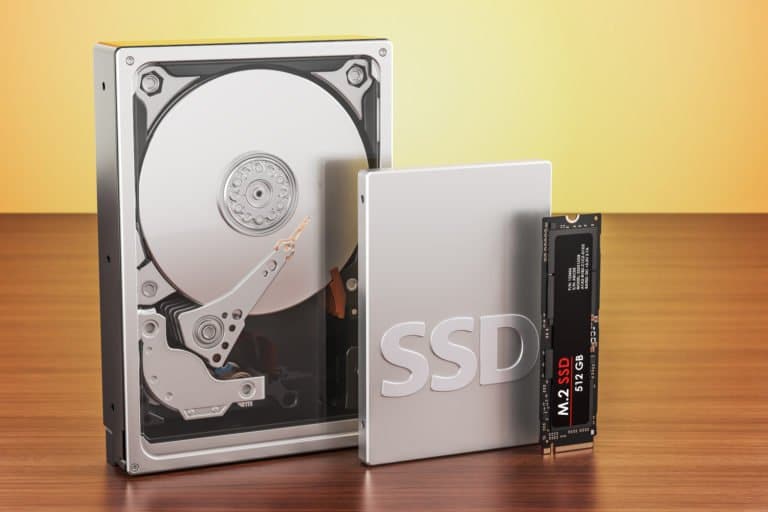Hard Disk drives (HDDs) are the most preferred in the market. The reason for this is that SSDs cost about ten times more, and they are not going to come down anytime soon. It would seem that the gap people expected would close, hasn’t, and many are left to wonder if it will.
SSDs are much cheaper to operate than HDD because they use less power and require less cooling. They are much faster to access, allowing fast copying and fast booting times in machines. The expectations have always been that they will replace HDDs in enterprise operations.
That has not yet happened, because of how prohibitively expensive they are.
A contrast in cost
Rakers, a Wells Fargo analyst, thinks that the demand for enterprise SSDs will soar when the prices drop to about a maximum of five times higher than HDDs. However, it doesn’t seem like this is going to happen anytime soon.
Enterprise use may be seeing a constant situation that does not seem to change, but in PCs, SSDs are making HDDs obsolete, one terabyte at a time.
Rakers studied 2020’s second quarter’s SSD and HDD numbers, collected by TrendForce. Nearline disk drive capacity shipped out about 165.6 EB, which is approximately seven times greater than enterprise SSDs in total.
No end in sight
Enterprise SSDs cost about $185 for every terabyte. In contrast, HDDs cost about $19 per terabyte. From that, we can tell that enterprise SSDs are about 9.7 times costlier per terabyte than HDDs.
As the numbers show, the premium is staying constant and hasn’t moved in a long time. According to Rakers, the client SSD price premium over client is 4.9 times. The drop since 2012, has not been that significant, according to the information collected so far.
The reason why SSDs are priced like this has everything to do with lifespan, speed, and maintenance costs. What does the future hold? We don’t know, but we will be here to find out.
